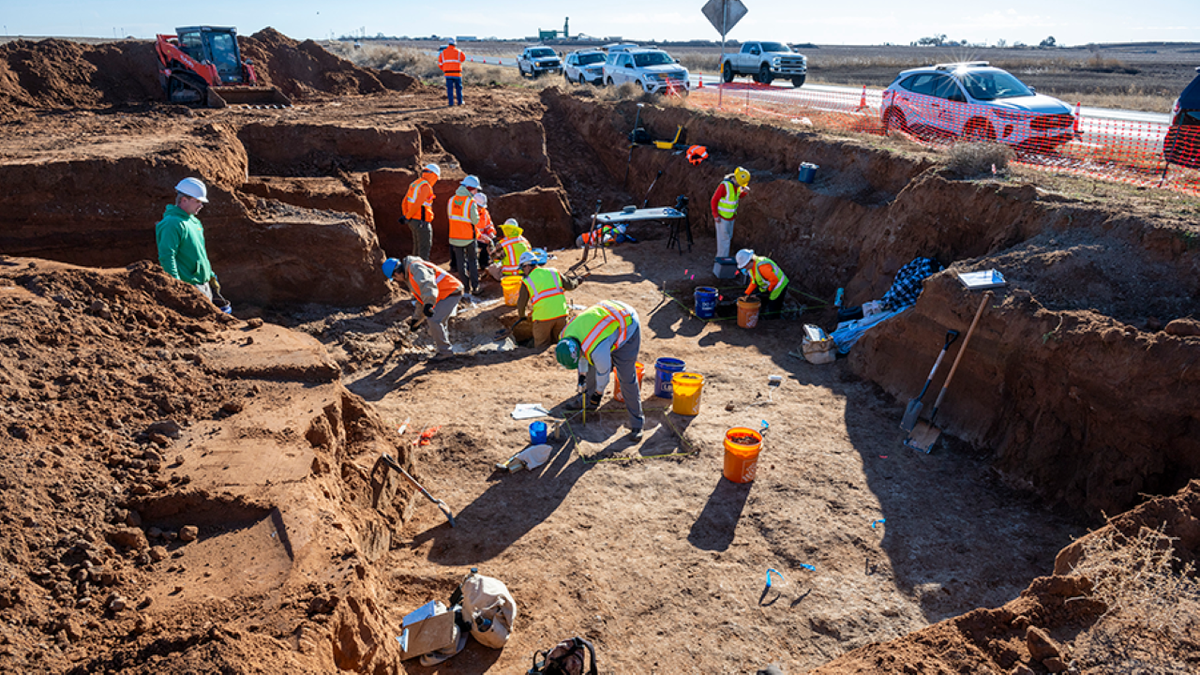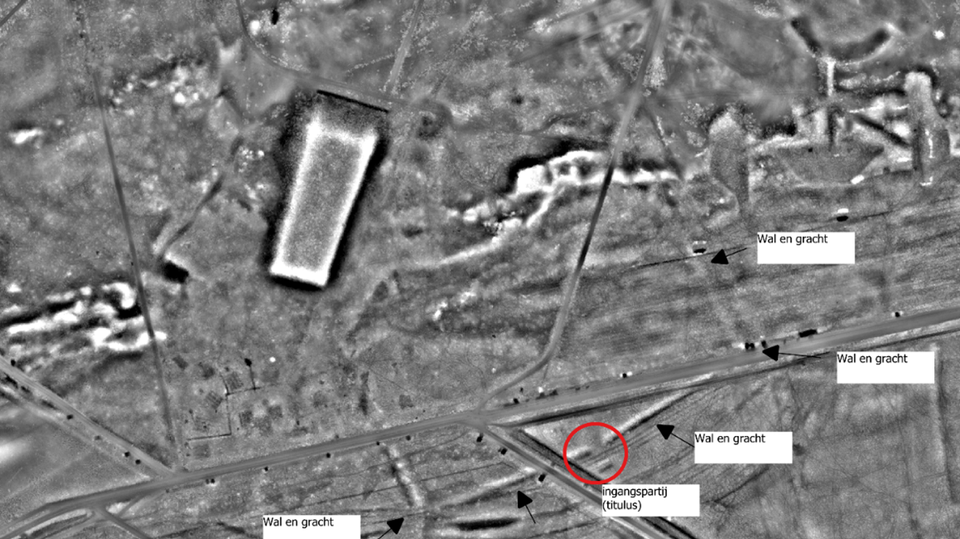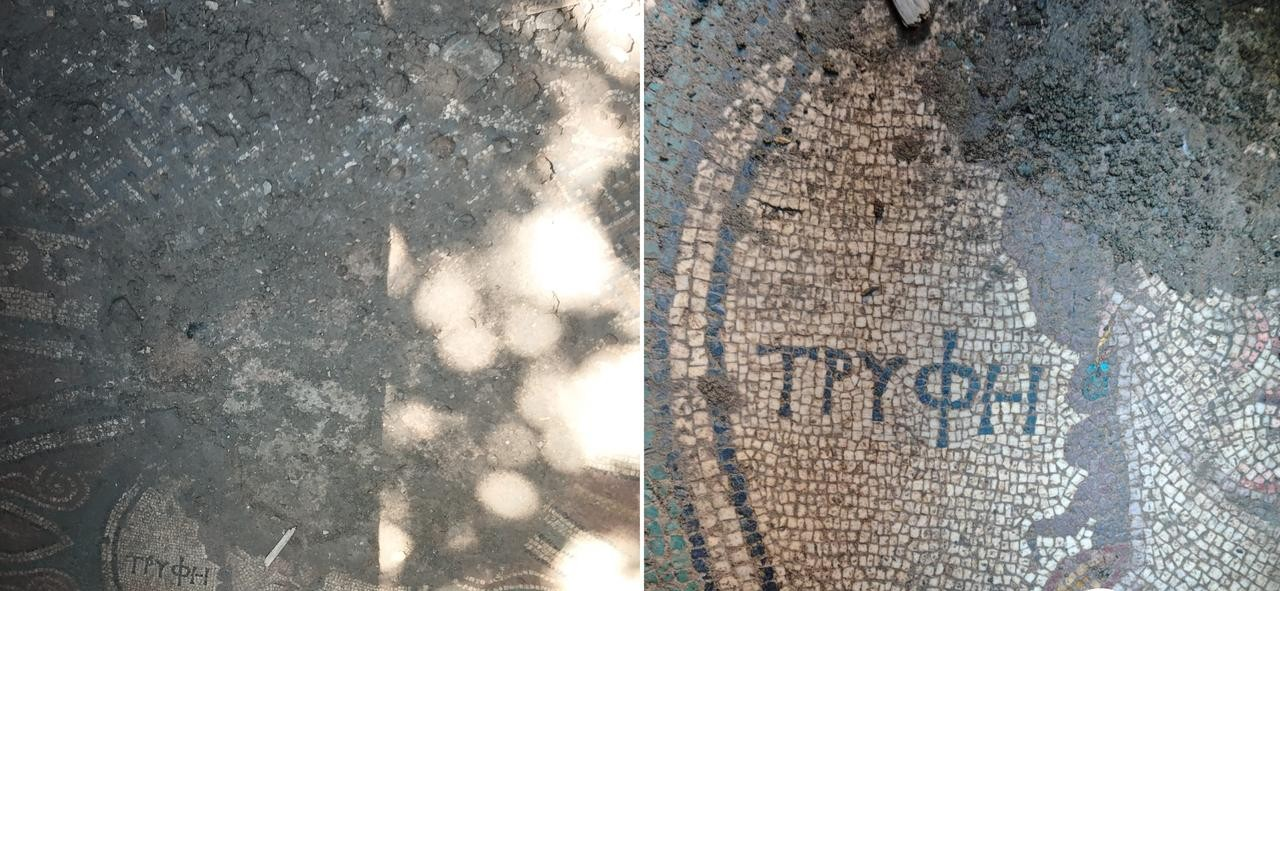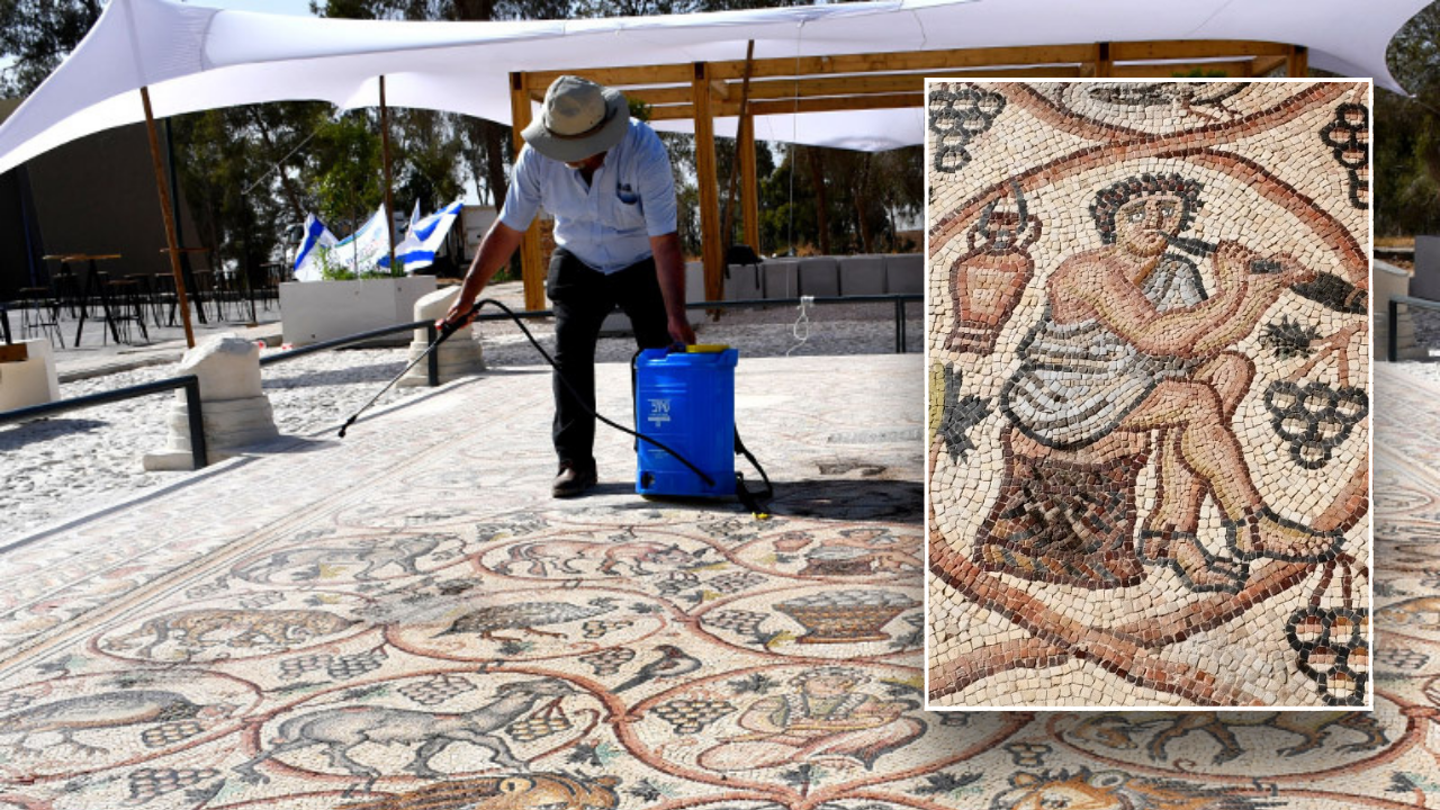The ancient Egyptians believed in an afterlife, and the "Book of Two Ways" is a guide to the underworld used to help the deceased navigate the dangers and obstacles they would encounter. It is the oldest illustrated book, dating back to around 1600 BCE. The book includes illustrations of the gods and demons that the deceased would encounter, as well as descriptions of the different regions of the underworld and the rituals that needed to be performed to pass through them safely. The "Book of Two Ways" was often buried with the deceased to help guide them in the afterlife.
Today, most people see death as an end to human suffering. But in old Egypt, things were different; death wasn't seen as an end to suffering; people believed that there was a life beyond death where the real agony starts, and you have to overcome all the obstacles in your way to finally meet the God of Death, Osiris, who resides in his realm. There were two ways to reach Osiris' realm: Sea or Land.
But navigating the path wasn't easy, so the dead had to use a book known as the Book of Two Ways that helped them with the challenges on the way. And guess what has happened? A copy of the guidebook, which is almost 4,000 years old, was found by Archaeologists recently, and this is undoubtedly the oldest archive of the book found to date. So what is written in the book?







